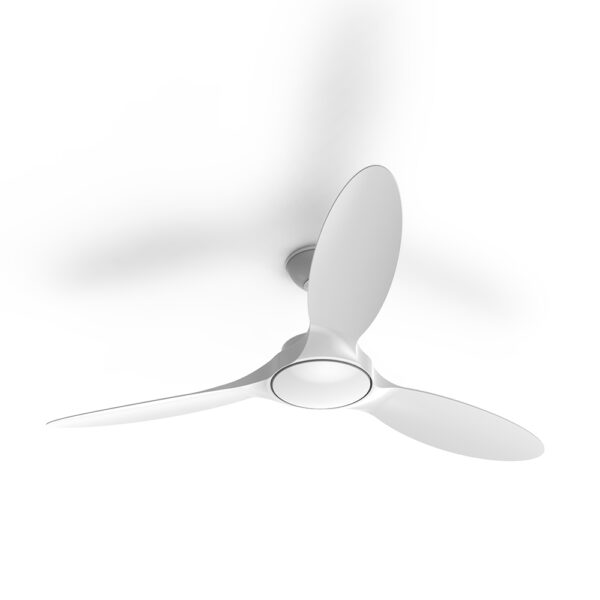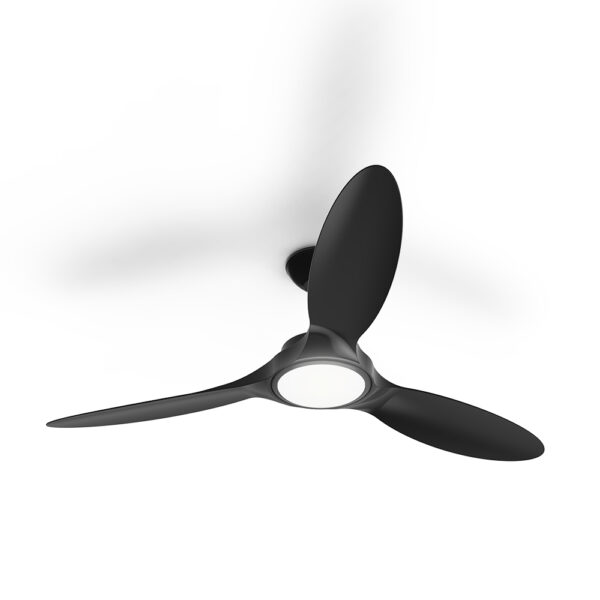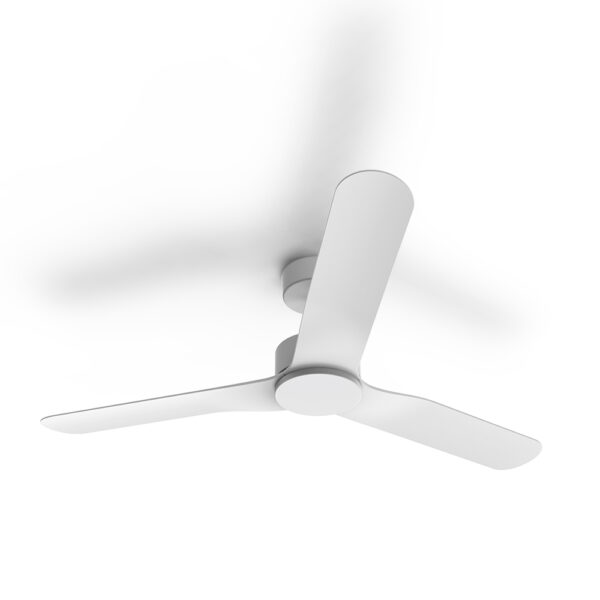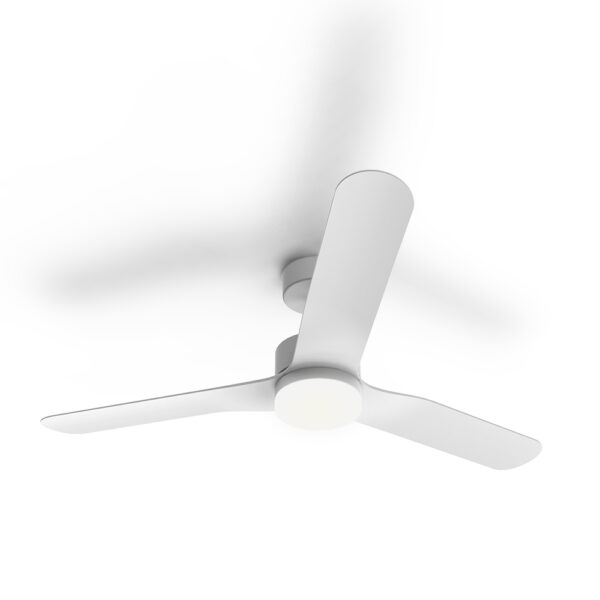Ceiling Fans Frequently Asked Questions

While sometimes underestimated, ceiling fans are an important investment in any home. Gaining an understanding of how to use them effectively can significantly enhance your comfort and energy savings. This guide aims to address some of the most frequently asked questions to ensure you are getting the most out of your ceiling fan.
What size ceiling fan do I need?
The size of your ceiling fan should be proportional to the room to ensure optimal airflow. Here’s a general guideline to follow:
For optimal performance ceilings fans should be installed with a minimum 2.1m clearance from the floor to the blades. All Atom Air ceiling fans have been designed to suit standard Australian ceiling heights.
A minimum clearance of 300mm between the fan blades and building elements such as walls or ceilings need to be met. This needs to be considered when installing a fan in an area with a raked (sloped) ceiling. In some cases, there may be a need for an extension rod to ensure adequate clearance from both the ceiling and adjacent walls.
How can a ceiling fan hep me reduce energy costs?
Atom Air ceiling fans are equipped with summer and winter modes, providing optimal comfort and energy efficiency throughout the year. The average cost of running a ceiling fan is significantly less than other cooling or heating systems.

In summer mode, the fan blades rotate anticlockwise, creating a cool breeze and the ‘wind chill effect’ that helps circulate the air. This allows you to set the air conditioner at a higher temperature, reducing the air conditioner’s workload.

Hot air naturally rises to the ceiling, leaving lower parts of the room feeling cooler. Switching your fan to winter mode causes the fan blades to rotate clockwise, gently pushing warm air from the ceiling down into the room. This recirculation of warm air helps to eliminate cold spots and evenly distribute heat.
Are ceiling fans suitable for outdoor use?
Atom Air ceiling fans are designed to be installed in undercover alfresco areas, away from the elements. There are some things that need to be considered to ensure the continual enjoyment of your ceiling fan when installing it outdoors.
-
- The ceiling fan must be installed so that the edge of the blade is at least 1.5m away from the edge of the protected area.
- The ceiling fan must be installed in a location where it will be protected from dust, wind, rain, and salt spray and must include at least one wall.
Does blade number matter?
While the number of blades can have a small impact on the performance of your ceiling fan, it’s just one factor among many. Generally, fans with more blades move air more gently and create a wider airflow pattern, while fans with fewer blades are more energy efficient. However, the overall performance of a ceiling fan also depends on an array of other factors such as blade pitch, motor power, and design.
Certain ceiling fan models such as Atom Air’s Venice offer the flexibility to select the number of blades during installation.


Should I use an AC or DC fan?
When it comes to selecting the right ceiling fan for your needs, understanding the differences between AC and DC motors is crucial. Each type of motor has its own set of advantages and considerations that can influence your choice.
AC Motors
These are traditional and more common type of motor found in ceiling fans. They tend to be less expensive which can be a deciding factor for those on a budget. However, they can be less energy efficient and may produce more noise at higher speeds. These fans are typically provided with a wall switch; however, remotes can be purchased to optimise the functionality of your AC fan.
DC Motors
As they are built using newer technology, DC motors are more energy-efficient, quieter, and offer variable speed options, making them ideal for those seeking a fan with greater control and energy savings. In the past, DC motors were typically more expensive than AC motors. However, thanks to advances in manufacturing, the prices of our Atom Air DC ceiling fans are comparable to our AC models. Typically, DC ceiling fans are operated using a remote control, however wall switches are available to provide a convenient alternative for those who prefer traditional control methods or want a fixed control point in the room.
In conclusion
Ceiling fans are a valuable investment, and having a good understanding of their features and functions before purchase ensures that you’ll enjoy enhanced comfort and energy efficiency in your living spaces.
Related products











